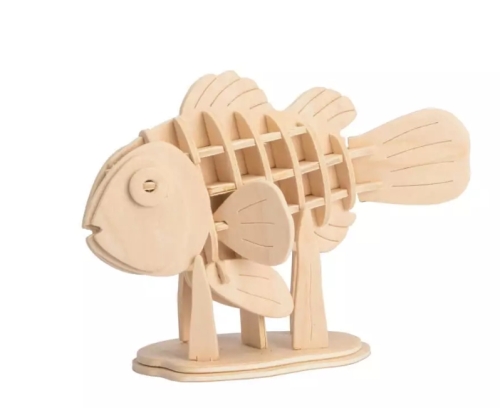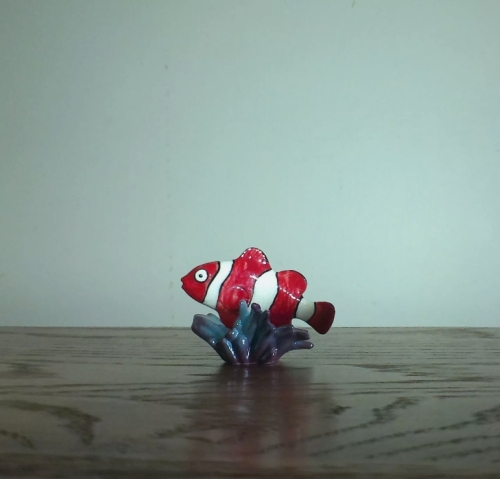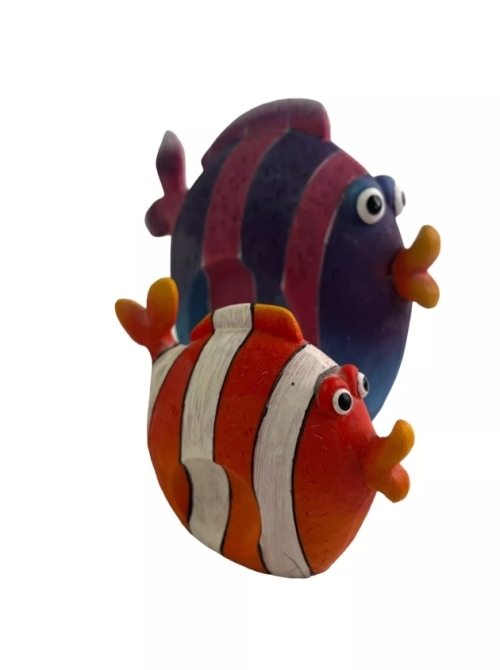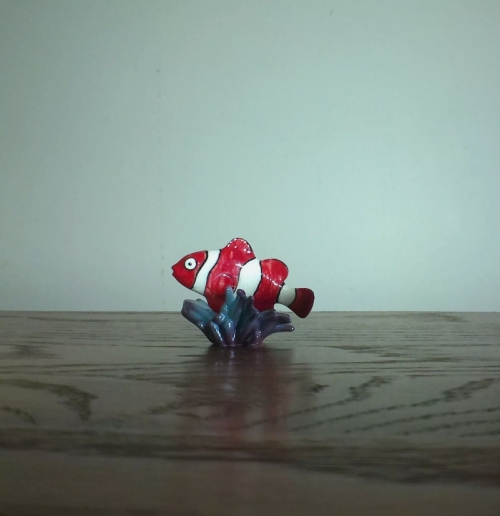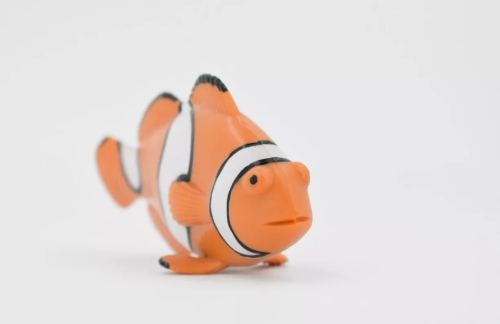Clownfish are a popular sea creature, loved by many for their bright colors and unique morphology. The fish's body is usually orange or red with black stripes that give them their distinctive appearance. Clownfish are not only attractive in appearance, they also play an important role in the ecosystem.
The relationship between clownfish and anemones is extremely close, forming a symbiotic relationship. Clownfish can perch in the tentacles of anemones, and the anemone's toxicity provides protection for clownfish. This mutualistic mechanism allows clownfish to find shelter from predators, while the presence of clownfish can bring nutrients to the anemone and enhance its growth. This symbiotic relationship demonstrates the complex and delicate ecological connections between organisms.
The reproductive behavior of clownfish is also quite unique. Typically, the female chooses a fixed area to lay her eggs and the male takes care of the eggs. After the eggs hatch,the male remains responsible for protecting the young until they are independent enough. This caring behavior not only ensures the survival of the offspring, but also reflects the sociality of clownfish in reproduction.
In aquariums,clownfish are also a popular choice. They can adapt to different environmental conditions,and are gentle and get along well with other Marine life. However, raising clownfish requires specialized knowledge to ensure that their living environment mimics natural ecology. This includes the right water quality,the right food,and the right partner species to prevent competition and attacks.
In recent years,as people's attention to Marine ecology has increased,clownfish has also become a symbol of protecting the Marine environment. Their overfishing and habitat destruction have sparked a series of environmental actions aimed at protecting these beautiful creatures and their habitats.


